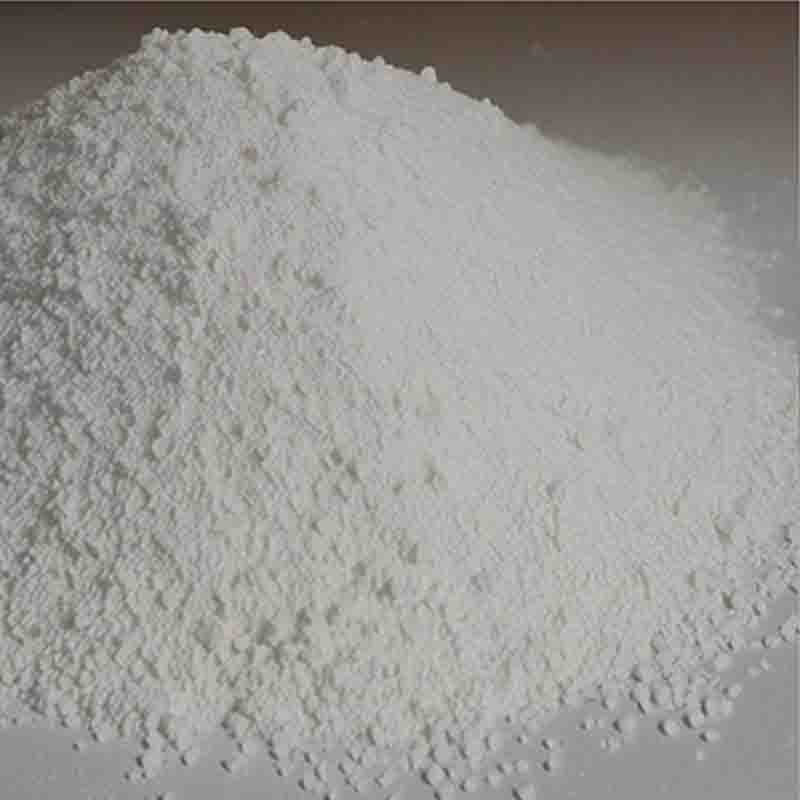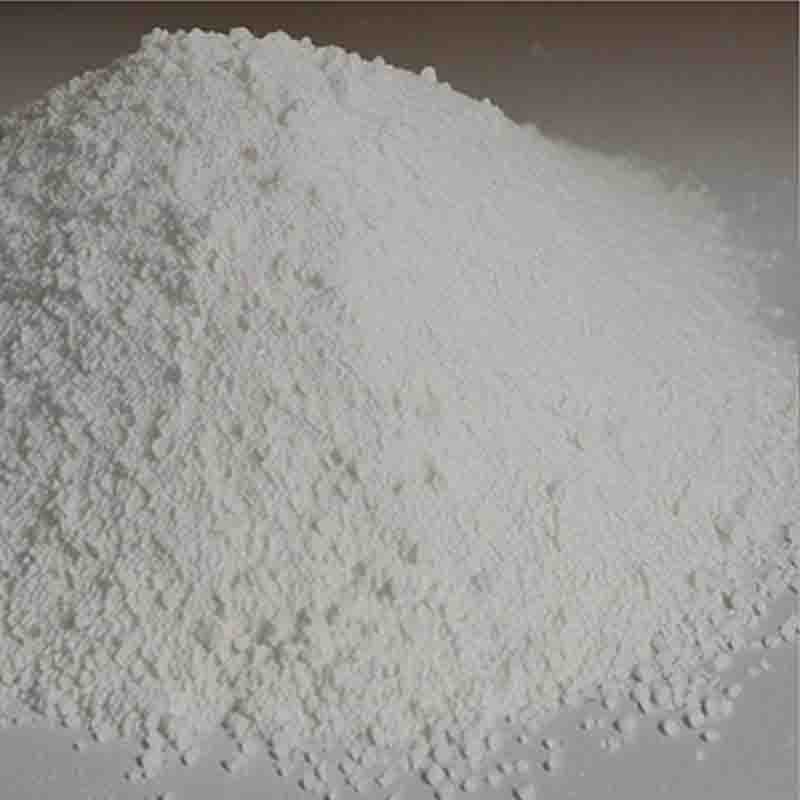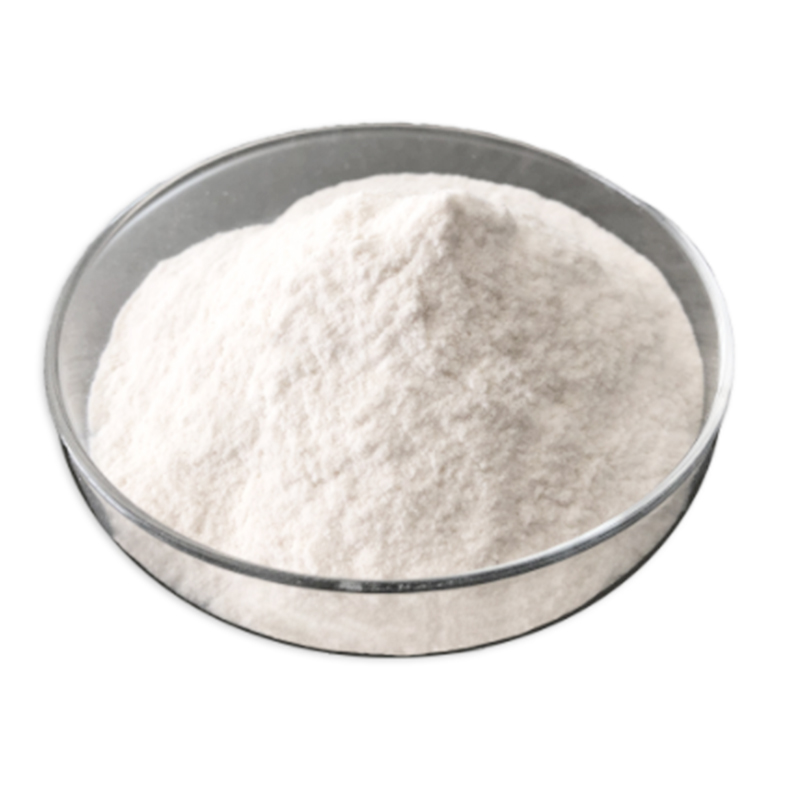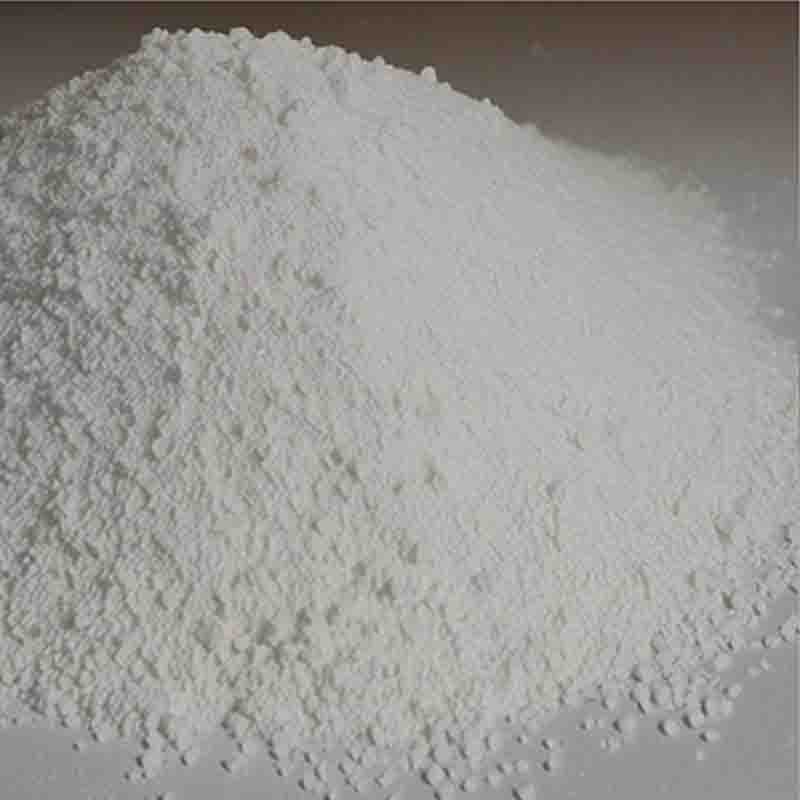(2R,3R,4R,5S,6S)-2-(Acetoxymethyl)-6-[4-chloro-3-(4-ethoxybenzyl)phenyl]tetrahydropyran-3,4,5-triyl Triacetate CAS: 461432-25-7
| Catalog Number | XD93616 |
| Product Name | (2R,3R,4R,5S,6S)-2-(Acetoxymethyl)-6-[4-chloro-3-(4-ethoxybenzyl)phenyl]tetrahydropyran-3,4,5-triyl Triacetate |
| CAS | 461432-25-7 |
| Molecular Formula | C29H33ClO10 |
| Molecular Weight | 577.02 |
| Storage Details | Ambient |
Product Specification
| Appearance | White powder |
| Assay | 99% min |
(2R,3R,4R,5S,6S)-2-(Acetoxymethyl)-6-[4-chloro-3-(4-ethoxybenzyl)phenyl]tetrahydropyran-3,4,5-triyl Triacetate, often referred to as ACT or simply Triacetate, is a chemical compound with a complex molecular structure that has various applications in different fields.One of the primary uses of ACT is in the field of pharmaceutical research and development. The compound is often utilized as an intermediate or building block in the synthesis of various pharmaceuticals. Its unique structure, comprising a tetrahydropyran ring and a chloro-phenyl group, enables chemists to introduce specific modifications into the molecule, leading to the creation of new compounds with potential therapeutic activities. This compound serves as a starting point for the development of diverse pharmaceutical agents, including anti-inflammatory drugs, antiviral agents, or enzyme inhibitors.ACT also finds application in the field of organic synthesis. Its well-defined structure and reactivity make it a valuable tool for the preparation of complex organic molecules. Chemists can leverage the properties of ACT to introduce specific functional groups or stereochemistry into target molecules. This compound plays a crucial role in the synthesis of diverse organic chemicals used in research, industry, or academia.Furthermore, ACT may have applications in the field of polymer chemistry. Its molecular structure can potentially be utilized to modify or enhance the properties of polymers. By incorporating ACT into polymer matrices, researchers can improve characteristics such as solubility, mechanical strength, or thermal stability. This compound's unique arrangement of atoms may contribute to the development of functional polymers with applications in various industries, including coatings, adhesives, or drug delivery systems.ACT can also be employed in analytical chemistry as a reference compound or standard. Its distinct chemical structure and properties make it suitable for calibration and identification purposes. Researchers can use ACT as a standard reference compound to quantify or identify similar compounds in various samples. This is particularly relevant in the analysis of complex mixtures or the characterization of new pharmaceutical compounds.In conclusion, (2R,3R,4R,5S,6S)-2-(Acetoxymethyl)-6-[4-chloro-3-(4-ethoxybenzyl)phenyl]tetrahydropyran-3,4,5-triyl Triacetate, or ACT, finds applications in pharmaceutical research, organic synthesis, polymer chemistry, and analytical chemistry. Its unique molecular structure allows for the creation of new pharmaceutical compounds and drug candidates. Additionally, its reactivity makes it a valuable tool in the synthesis of diverse organic molecules. ACT's molecular structure may also contribute to the development of functional polymers with desired properties. Furthermore, it can be utilized as a reference compound in analytical chemistry for quantification and identification purposes.


![(2R,3R,4R,5S,6S)-2-(Acetoxymethyl)-6-[4-chloro-3-(4-ethoxybenzyl)phenyl]tetrahydropyran-3,4,5-triyl Triacetate CAS: 461432-25-7 Featured Image](https://cdn.globalso.com/xdbiochems/白色粉末1203.jpg)
![(2R,3R,4R,5S,6S)-2-(Acetoxymethyl)-6-[4-chloro-3-(4-ethoxybenzyl)phenyl]tetrahydropyran-3,4,5-triyl Triacetate CAS: 461432-25-7](https://cdn.globalso.com/xdbiochems/粉末2130.jpg)





